Understanding Home Price Trends: A Seasonal Perspective

For those considering a home purchase or sale, a pressing question on your mind is likely: What's the current status of home prices? However, obtaining clear answers on this matter might be challenging due to the way headlines discuss the subject.
The negative news is derived from a comparison between current statistics and the extraordinary years of the past, often referred to as the '‘unicorn’ years, characterized by unsustainable record-high home prices. However, it's essential to recognize that this year cannot be fairly compared to those exceptional periods. As prices now move towards stabilization, some are interpreting it as a negative development, instilling fear about the future. Yet, it's crucial to note that the most significant declines in home prices have already occurred. What we are currently witnessing is a return to a more typical pattern of home price appreciation.
To simplify the understanding of home price trends, let's concentrate on what is considered typical for the market and exclude the last few years, which were exceptional and not representative of the norm.
First, let's delve into the concept of seasonality in the real estate market. Throughout the year, there are predictable patterns of fluctuations in housing activity. Spring marks the peak homebuying season, characterized by heightened market activity. As we move into summer, this activity remains robust but starts to taper off as the cooler months approach. Notably, home prices align with seasonality, as they tend to appreciate the most when there is high demand for properties.
Hence, prior to the recent abnormal years we encountered, a consistent long-term trend in home prices prevailed. The graph below utilizes data from Case-Shiller to depict the typical monthly movement of home prices from 1973 through 2021, without any adjustments, allowing you to observe the inherent seasonality.
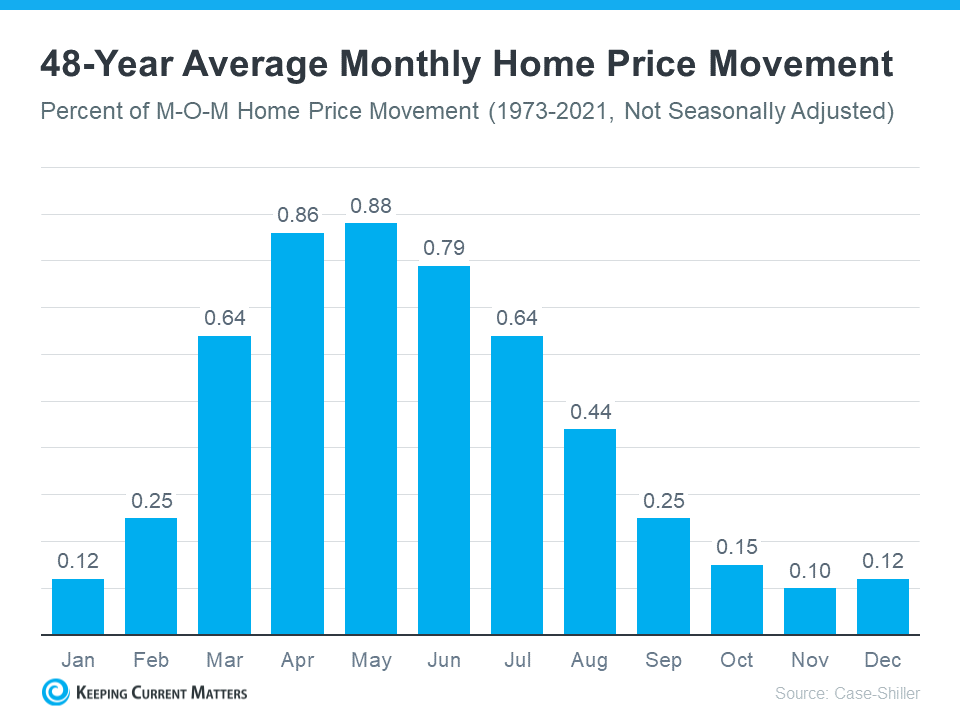
Analyzing the data from the past 48 years reveals a consistent pattern: home prices experience growth at the start of the year, albeit not as significantly as during the spring and summer markets. This disparity arises due to reduced market activity in January and February when fewer people tend to move during the cooler months. However, as the market enters the peak homebuying season in spring, activity intensifies, leading to more pronounced increases in home prices. As fall and winter approach, activity eases once again, causing the pace of price growth to slow down, though it still typically appreciates.
Why This Is So Important to Understand
In the upcoming months, as the housing market continues to follow a more predictable seasonal pattern, you can expect an influx of headlines that either misinterpret the current state of home prices or, at the very least, present misleading information. These headlines may employ various price-related terms, such as:
- Appreciation: when prices increase.
- Deceleration of appreciation: when prices continue to appreciate, but at a slower or more moderate pace.
- Depreciation: when prices decrease.
They may misinterpret the customary slowing of home price growth (a deceleration of appreciation) during the fall and winter, mistakenly assuming that prices are actually declining (depreciation). Don't let those headlines confuse you or cause fear. Instead, bear in mind that it's completely normal to observe a deceleration of appreciation and a slowing in home price growth as the months progress.
Bottom Line
If you have inquiries about the current state of home prices in your area, reach out to a reliable real estate professional for accurate and trustworthy information.
Categories
Recent Posts
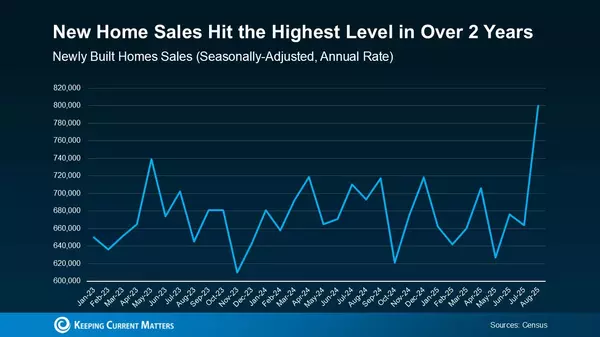
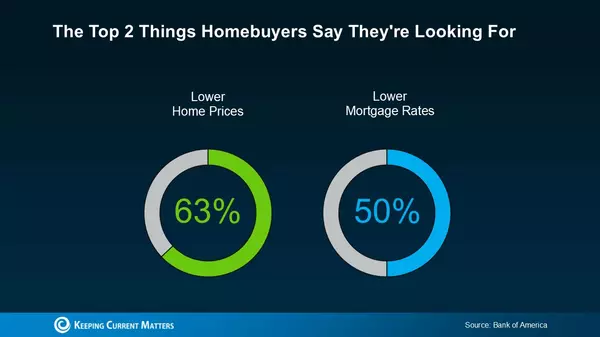
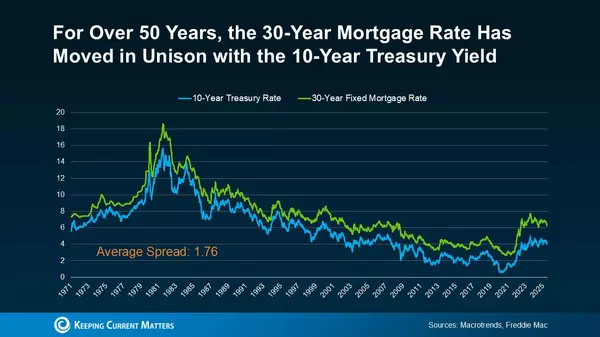
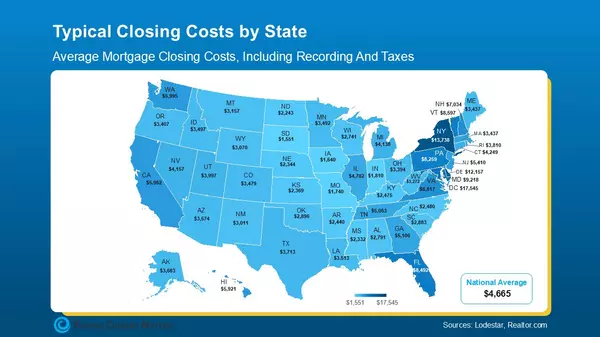
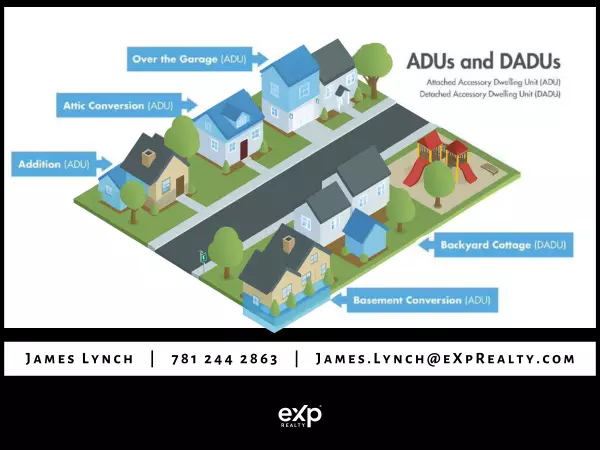

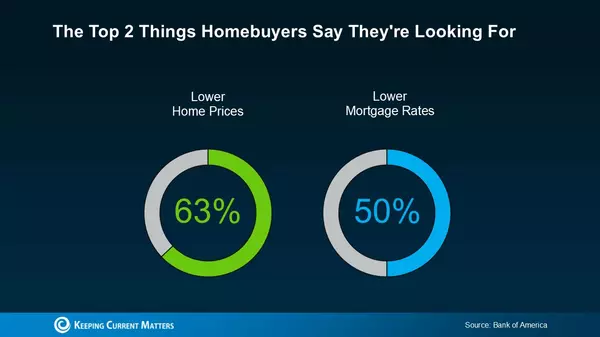
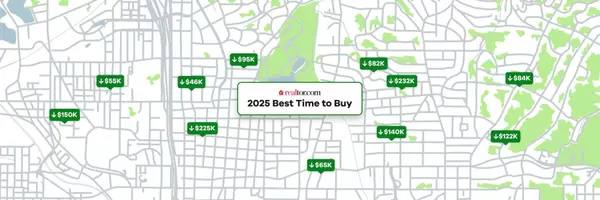

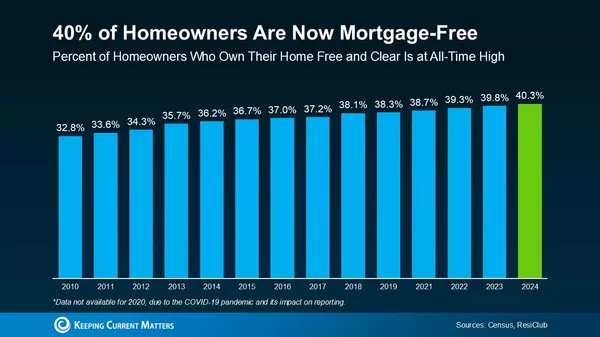
GET MORE INFORMATION


